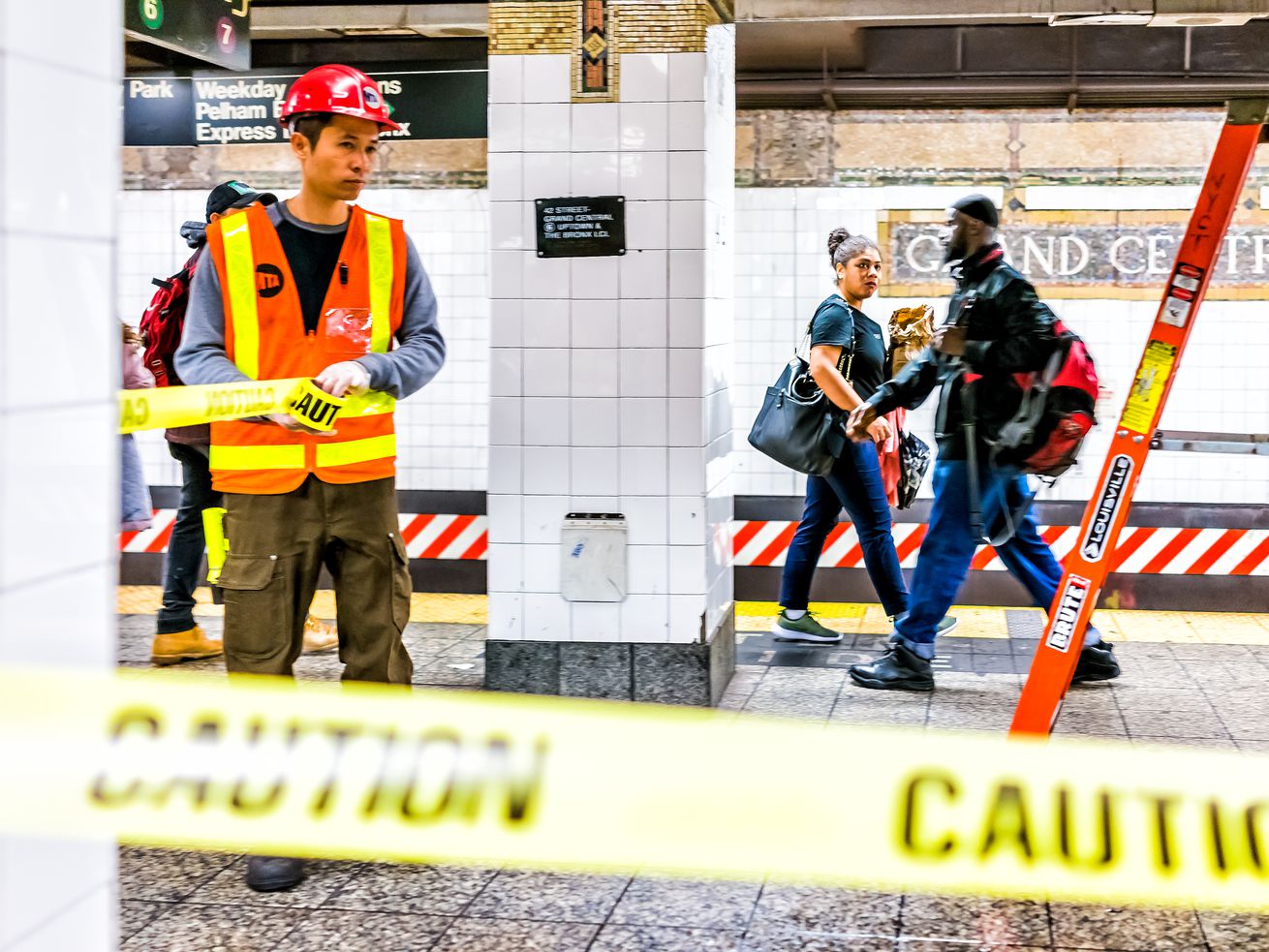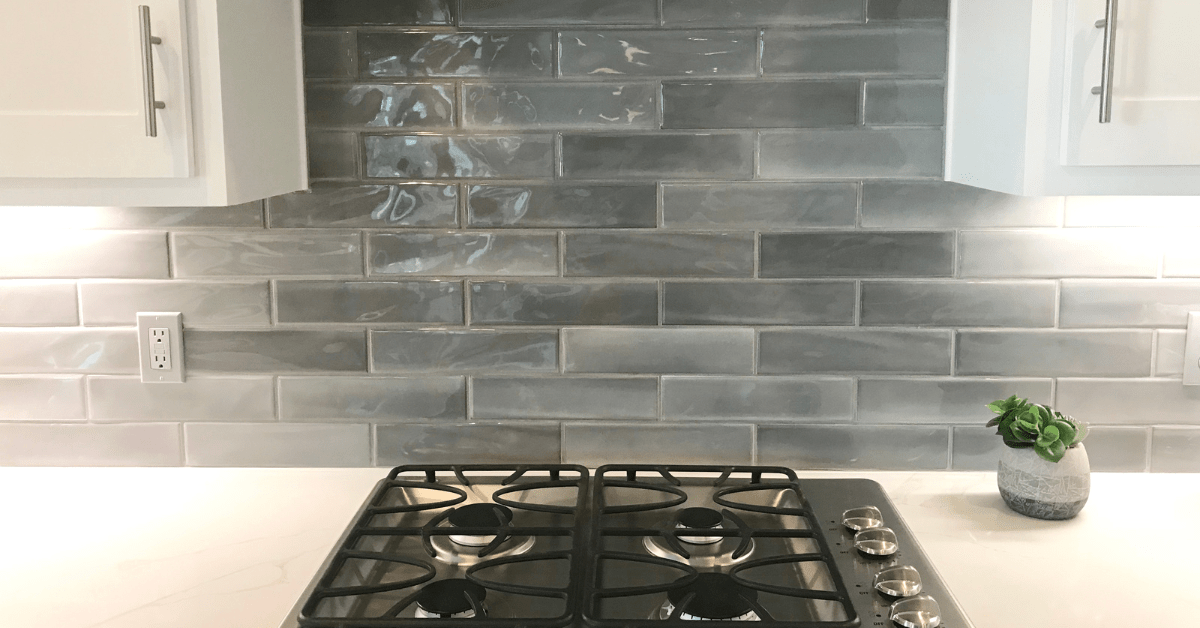U.S. public transit?s precarious state could cost country billions

The $90 billion repair backlog for U.S. buses and subways hurts the economy, and holds back much-needed service expansions If a restaurant had a D grade from the health department on its window, it?s understandable to question whether you may want to look for another option.
But that?s exactly the situation many of the country?s public transit riders face on a daily basis. According to the latest American Society of Civil Engineers? infrastructure report card, the country?s public transportation infrastructure earned a D minus, the lowest grade the ASCE gave to any category.
And, according to a new report released by the American Public Transit Association (APTA), barring a massive, multibillion-dollar investment by the federal government, that situation isn?t changing anytime soon. The Economic Cost of Failing to Modernize Public Transportation paints a grim picture of the cost of delayed maintenance and underinvestment in critical regional transportation systems. The report notes that, after decades of failing to invest in preservation and upkeep, many of the country?s transit systems have now changed their definitions of success??success came to be understood in terms of preventing failure, ensuring reliability and finding ways to keep service running without interruptions affecting users.? A 2013 analysis by the U.S. Department of Transportation found that approximately 13 percent of U.S. public transit assets were considered past their useful life.
The study, w...
| -------------------------------- |
| Live interview with Space Caviar's Joseph Grima as part of Dezeen 15 | Dezeen |
|
|












